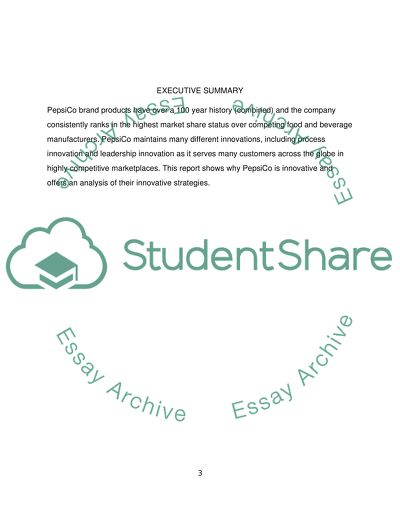Cite this document
(An Analysis of Innovation at PepsiCo Case Study - 3, n.d.)
An Analysis of Innovation at PepsiCo Case Study - 3. Retrieved from https://studentshare.org/marketing/1553774-innovative-organisations
An Analysis of Innovation at PepsiCo Case Study - 3. Retrieved from https://studentshare.org/marketing/1553774-innovative-organisations
(An Analysis of Innovation at PepsiCo Case Study - 3)
An Analysis of Innovation at PepsiCo Case Study - 3. https://studentshare.org/marketing/1553774-innovative-organisations.
An Analysis of Innovation at PepsiCo Case Study - 3. https://studentshare.org/marketing/1553774-innovative-organisations.
“An Analysis of Innovation at PepsiCo Case Study - 3”. https://studentshare.org/marketing/1553774-innovative-organisations.


